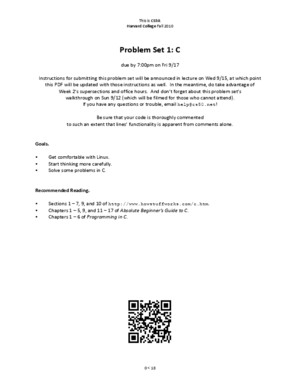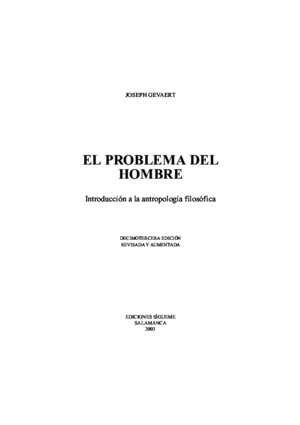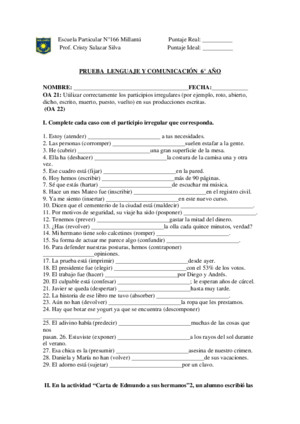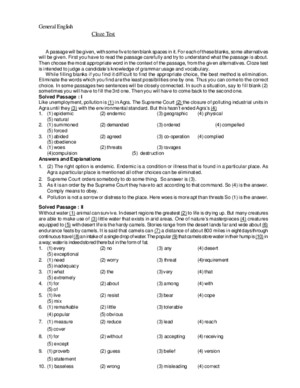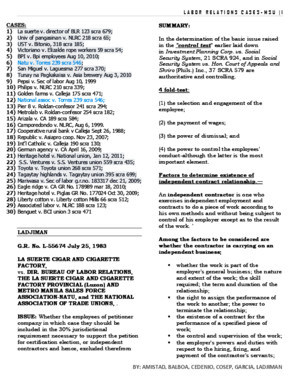Problem Set 1
There is document - Problem Set 1 available here for reading and downloading. Use the download button below or simple online reader.
The file extension - PDF and ranks to the School Work category.
Tags
Related
Comments
Log in to leave a message!
Description
Download Problem Set 1
Transcripts
PHY 121Electromagnetic TheoryProblem Set - 1 Assigned Date: Jan 8Due Date: Jan 13 This problem set is due at 5 : 00PM on Jan13 Do not consult any online material Working withyour classmates is encouraged! But you should only hand in work that you’ve completed on yourown If you can’t explain each step of your solution then you haven’t completed the problem on yourown Remember: the only way to be ready for the exams is to do the assignment yourself1 (10 points) Calculate the curl and the divergence of each of the following vector fields If thecurl turns out to be zero, try to discover a scalar function φ of which the vector field is a gradient (i) F = ( x + y, − x + y, − 2 z ) (ii) G = (2 y, 2 x + 3 z, 3 y ) (iii) H = ( x 2 − z 2 , 2 , 2 xz )2 (10 points) The electric field equals the negative gradient of the potential, that is, E = −∇ φ Show that this implies that the curl of E is zero Do this by making judicious use of Stokes’theorem3 (10 points) If A is any vector field, prove div (curl A ) = 0 by considering the surface S in Figbelow: a balloon almost cut in two which is bounded by the closed curve C [Hint: Think aboutthe line integral, over a curve like C , of any vector field Then invoke Stokes and Gauss theoremswith suitable arguments]4 (5 points) Calculate the ratio of electrostatic to gravitational interaction forces between twoelectrons, and between two protons At what value of the specific charge q/m of a particlewould these forces become equal (in their absolute values) in the case of interaction of identicalparticles?5 (10 points) A point charge Q 1 = +3 µ C is placed at the srcin, and a point charge Q 2 = − 7 µ Cis placed at x = 0 3 m on the x -axis of a Cartesian co-ordinate system(a) Determine the electric field, E ( x ) ˆ x , at all points on the x -axis(b) Plot E ( x ) vs x for x < 0(c) At what points, if any, (apart from | x | = ∞ ) is E ( x ) = 0 ? 6 (15 points) A thin disk of radius R carries a uniform surface density σ The z -axis passes throughthe center O The total charge, Q , on the disk is thus Q = πR 2 σ (a) What is the electric field, E (magnitude and direction) at a point p a distance z above thecenter of the disk?(b) Plot E ( z ) as a function of z for all positive z ’s Use R as your unit on the abscissa and Q 4 π 0 R 2 as your unit for E ( z )(c) Using the binomial expansion, find simplified expressions for E ( z ) in two limiting casesi z R ii z R (d) Compare your result in (ii) with the result you obtain effortlessly by making use of Coulomb’sLaw for a point-like charge7 (5 points) Is the configuration of an electric field shown in the figure below posible or not ? Giveproper justification8 (10 points) In the classical model of the hydrogen atom, the electron revolves around the protonwith a radius of r = 0 53 × 10 − 10 m The magnitude of the charge of the electron and proton is e = 1 6 × 10 − 19 C (a) What is the magnitude of the electric force between the proton and the electron?(b) What is the magnitude of the electric field due to the proton at r ?(c) What is ratio of the magnitudes of the electrical and gravitational force between electronand proton? Does the result depend on the distance between the proton and the electron?Page 2 (d) In light of your calculation in (b), explain why electrical forces do not influence the motionof planets9 (5 points) Evaluate the surface integral R e x − yx + y dA , over the region R = { ( x,y ) : x ≥ 0 ,y ≥ 0 ,x + y ≤ 1 } 10 (5 points) Find the total work done in moving a particle in a force field given by F = (3 xy, − 5 z, 10 x ) N, along the curve defined by r = ( t 2 + 1 , 2 t 2 ,t 3 ) meters from t = 1 to t = 211 (10 points) In 3-dimensional space a vector may be specified by its components in Cartesiancoordinates, ( x,y,z ), or in spherical coordinates, ( r,θ,φ ) The radius of the earth R e is about6 37 × 10 6 m Points on the earth’s surface are commonly specified in terms of latitude α = 90 o − θ and longitude β = φ The latitude and longitude of Cape Town is 35 o S, 18 o E , and of SanFrancisco is 38 o N, 122 o W Compute the displacement vector from Cape Town to San FranciscoRemember to specify the length and direction of the vector12 (5 points) Verify Gauss divergence theorem for vector F = ( y,x,z 2 ), for cylindrical region givenby ( x 2 + y 2 = a 2 ) and 0 ≤ z ≤ b )Page 3
Recommended

